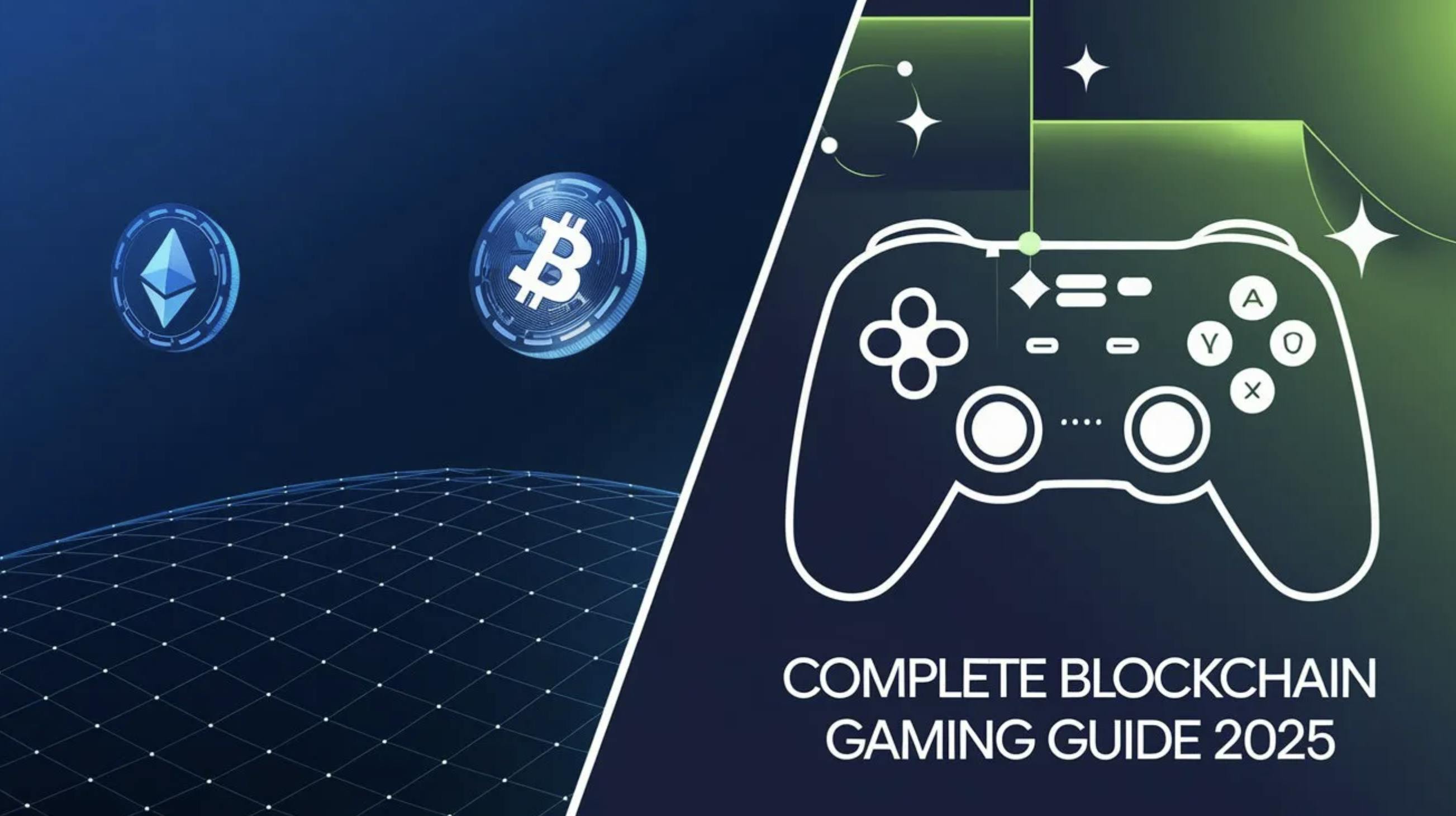For decades, fusion energy has represented the ultimate scientific prize. It’s the process that powers the sun, a potential source of clean, abundant, and safe energy for Earth. But harnessing it means solving one of the most formidable challenges in physics: creating and controlling a plasma (a cloud of ionized gas) heated to temperatures over 100 million degrees Celsius, far hotter than the core of the sun itself.
The hero in this epic scientific quest is an unexpected one: Artificial Intelligence. Google DeepMind, the research lab famous for creating AI that mastered the complex game of Go (AlphaGo) and solved the fundamental biological puzzle of protein folding (AlphaFold), is now partnering with fusion energy leader Commonwealth Fusion Systems (CFS). Together, they are applying cutting-edge AI to accelerate the development of a commercial fusion power plant.
This article explores the most surprising and impactful ways this powerful collaboration is shortening the path to a fusion-powered future. From running millions of experiments on a machine that doesn’t yet exist to designing an AI “pilot” to fly a fusion reactor, the partnership is redefining what’s possible in the pursuit of limitless clean energy.
Before Building a Star, You Build a Digital Twin.
To optimize a fusion machine, scientists must understand precisely how plasma will behave. Before TORAX, simulations required a “patchwork of software projects and programming languages,” making progress slow and cumbersome. To solve this, Google DeepMind developed TORAX, an open-source plasma simulator designed to be exceptionally fast, accurate, and ready for AI integration. Built in JAX, it runs efficiently on both CPUs and GPUs, creating a single, modern computing engine that unifies previous tools.
The key benefit for CFS is the ability to run “millions of virtual experiments” to test and refine the operating plans for their pioneering SPARC machine before it is even turned on. This massive-scale virtual testing allows them to explore a vast landscape of possibilities, identify the most promising strategies, and save an immense amount of time and resources. This approach effectively creates a “digital twin” of the reactor, allowing for rapid iteration and learning in a simulated environment.
TORAX is a professional, open-source plasma simulator that saved us countless hours in setting up and running our simulation environments for SPARC.
Devon Battaglia, Senior Manager of Physics Operations at CFS
But with a reliable digital twin, the next question becomes: how do you explore millions of possibilities to find the single best one?
AI Is Finding the Fastest Path to Maximum Power.
Operating a tokamak (the donut-shaped machine used in fusion research) involves tuning an enormous number of variables, or “knobs.” These include everything from the currents in the magnetic coils to the rate of fuel injection and the power of the heating systems. The goal is to “maximize the device performance while maintaining margin to device limits,” a highly complex task that is inefficient to perform manually.
To solve this, DeepMind is applying reinforcement learning and evolutionary search approaches from the AlphaEvolve lineage; the same AI family that designs more efficient algorithms. This process is akin to “plotting out the navigational details of a cross-country flight,” where an AI plans the best route by considering all variables. In the TORAX simulation, AI agents can explore a vast number of potential operating scenarios to rapidly identify the most efficient and robust paths to generating net energy. This dramatically increases the probability that SPARC will achieve its historic goal of “breakeven” ( aka generating more energy than it consumes) from its very first days of operation.
Once AI has plotted the perfect flight plan, the ultimate step is to put an AI in the cockpit to fly the plane in real time.
The Ultimate Goal: An AI ‘Pilot’ to Fly the Reactor.
The collaboration’s ambition extends beyond just planning; the ultimate goal is to use AI for real-time control of the fusion process. In the words of the CFS team, this is “more like actually flying the plane.” One of the most critical control problems is managing the immense heat exhaust. At full power, SPARC will release intense, concentrated heat onto its interior walls, which must be carefully managed to protect the machine.
Using reinforcement learning, AI agents can learn to dynamically control the plasma’s magnetic field to “sweep” this heat energy along the wall, distributing it effectively. This isn’t science fiction; DeepMind has already demonstrated this capability, successfully using reinforcement learning to control the plasma in the Tokamak à Configuration Variable (TCV) at the Swiss Plasma Center. An AI pilot could learn and execute adaptive control strategies far more complex than an engineer could design, all while simultaneously balancing multiple objectives like maximizing power and ensuring machine safety.
This Partnership is Already Building the Future Grid.
This collaboration is grounded in a practical, commercial mission that extends far beyond pure research. Underscoring its commitment, Google has invested in CFS to support its scientific and engineering breakthroughs and help move the technology toward commercialization.
The most significant evidence of this commercial intent is a concrete business agreement: Google has already agreed to purchase 200 megawatts of fusion power from CFS’s first planned commercial power plant, ARC, which is targeted for the early 2030s. This is a crucial detail. It demonstrates that the partnership is not just a theoretical exercise but a serious effort with significant financial backing and a clear plan to bring fusion energy from the lab to the commercial power grid.
A Cleaner Future, Forged by Intelligence
The union of artificial intelligence and fusion energy(two of the most transformative technologies of our era) is forging a powerful new path toward a sustainable energy future. By combining CFS’s pioneering hardware with Google DeepMind’s advanced AI, this partnership is accelerating a multi-decade scientific quest, turning theoretical possibilities into actionable engineering plans.
Just as AlphaFold provided a map to the universe of proteins, the partnership between CFS and DeepMind aims to map the complex physics of a star. The goal is no longer just to understand fusion, but to create a predictable, controllable, and intelligent engine for a cleaner world. As human ingenuity is increasingly amplified by advanced AI, we are witnessing the dawn of an era where the most profound scientific challenges may finally be brought within our reach.
Podcast:
- Apple: HERE
- Spotify: HERE












